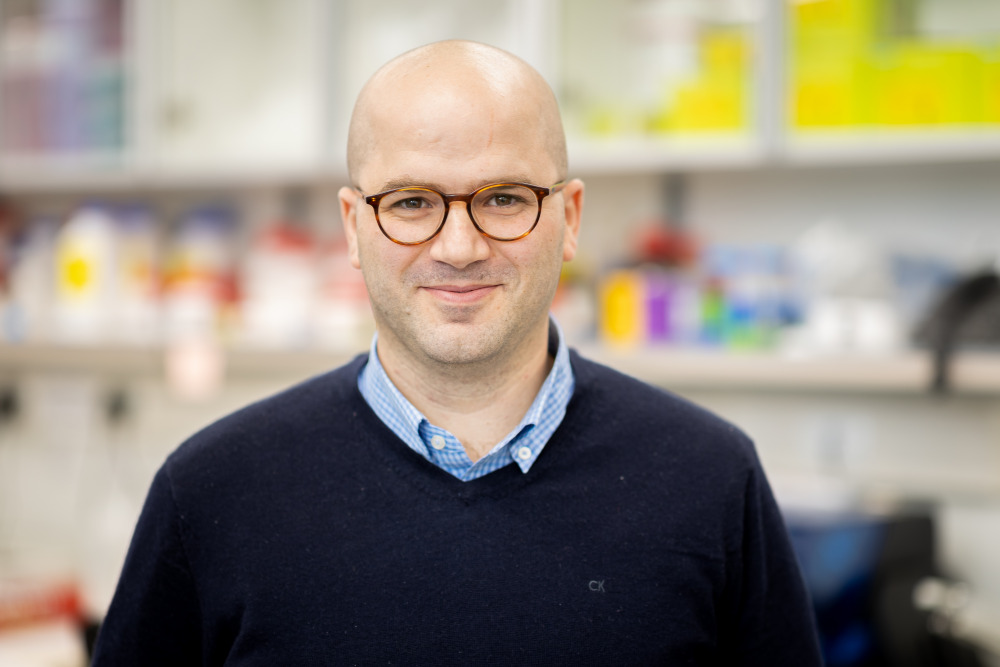
New study reveals striking similarities in synaptic abnormalities and behavioural patterns between male and female mouse models of autism spectrum disorder (ASD). The study challenges the traditional focus on male subjects in ASD research and highlights the critical importance of including both sexes in investigations. This finding urges a pivotal shift in the scientific community’s approach to understanding and addressing ASD, emphasizing the necessity of considering both males and females to comprehensively grasp the complexities of the disorder.
Autism spectrum disorder (ASD) research has predominantly focused on male individuals, reflecting a prevalence rate of 4:1 compared to females. However, recent studies suggest a potential underestimation of ASD in females. In a new study led by Prof Haitham Amal, School of Pharmacy-Faculty of Medicine at the Hebrew University of Jerusalem, the sex-specific synaptic and behavioural differences in ASD mouse models were investigated, revealing significant insights into the condition.
A new study, featured in Scientific Reports, looked at young male and female mice with specific mutations linked to autism, comparing them to regular mice. They used two different mouse models with two human-based mutations. The goal was to understand how their brain connections work by checking certain proteins in their brains. They also checked how many tiny structures in brain cells were present using a special staining method (Golgi).
The results showed that both male and female mice with these mutations had a lot in common. They all showed major drops in Spine Density and in levels of GAD1, NR1, VGAT, and Syp (neuronal signalling proteins) compared to normal mice. This suggests their brain connections didn’t develop properly. Interestingly, these issues in brain connections were similar in both male and female mice, and it matched up with how they behaved in tests that measure sociability. They also found that the social behaviour deficits were similar in both sexes.

Prof Haitham Amal, Hebrew University emphasised the significance of these discoveries: “Our study underscores the need to consider both sexes in ASD investigations. The observed similarities in synaptic alterations between male and female ASD mice challenge the traditional focus on males, urging the scientific community to broaden its approach and include females in ASD studies.”
These discoveries hold significant implications for understanding ASD’s neurodevelopmental aspects. They emphasize how synaptic and behavioural changes in both male and female ASD mice align, stressing the need to study females alongside males in ASD research. This study urges a fundamental change in ASD research, highlighting the importance of considering both sexes to fully grasp and address the complexities of autism spectrum disorder.
It signifies a vital progression in unravelling ASD complexities, marking a substantial milestone in understanding the condition beyond the typical male-focused approach.
Globally, substantial funding is dedicated to autism research, with estimates reaching billions of dollars annually. However, historically, a significant proportion of this funding has been predominantly directed towards studying autism in boys, reflecting the higher prevalence in males. Studies suggest that a considerable imbalance exists in research allocation, with significantly fewer resources dedicated specifically to understanding and addressing autism in girls. Efforts to bridge this gap and allocate more resources towards understanding the unique manifestations and needs of girls on the autism spectrum must be recognized as crucial in advancing comprehensive autism research and support.
The research paper titled “Mutations associated with autism lead to similar synaptic and behavioural alterations in both sexes of male and female mouse brain” is now available in Scientific Reports and can be accessed at https://www.nature.com/articles/s41598-023-50248-4
The Hebrew University of Jerusalem is Israel’s premier academic and research institution. With over 25,000 students from 90 countries, it is a hub for advancing scientific knowledge and holds a significant role in Israel’s civilian scientific research output, accounting for nearly 40% of it and has registered over 11,000 patents. The university’s faculty and alumni have earned eight Nobel Prizes and a Fields Medal, underscoring their contributions to ground-breaking discoveries. In the global arena, the Hebrew University ranks 86th according to the Shanghai Ranking. To learn more about the university’s academic programs, research initiatives, and achievements, visit the official website at http://new.huji.ac.il/en
